The Long-Term Risks of Not Replacing Your Roof
Are you putting off replacing your roof? Think again. Sure, it might seem like a good idea to delay the task – after all, isn’t that what procrastination is for? Well, let me tell you why delaying can be disastrous and why not replacing your roof now could lead to long-term risks that are far from funny.
Structural Damage
Damage to your home’s structure is one of the most significant long-term risks of not replacing your roof. Over time, a deteriorating roof can lead to significant structural problems that can negatively impact your home’s stability.
When your roof is damaged, it can no longer offer the protection that it was designed to provide. This means that water can seep into your home through gaps and cracks, leading to water damage and eventually causing rot and decay. When your roof is weakened, it can also lead to leaks that can cause ceiling and wall damage, which can provide a breeding ground for mold.
While these issues may not seem like they pose an immediate threat to your home, over time, they can lead to significant damage that can be costly to repair. For example, if left unchecked, water damage can weaken the structural integrity, leading to foundation problems, support beam damage, and even collapse. So this is the best time to start thinking about when you should replace your roof.
Increased Energy Costs
A roof that is old and deteriorating can lead to a range of potential energy inefficiencies that can put your wallet in perpetual peril. It can cause significant heat loss during winter and heat gain during summer. Consequently, your heating and air conditioning units will have to work overtime to maintain a comfortable indoor temperature, leading to increased energy consumption and higher utility bills.
According to the U.S. Department of Energy, a poorly insulated and ventilated roof can add up to 25% to your energy bills. This means that if you neglect your roof for too long, you could end up paying hundreds, if not thousands, of dollars more in energy costs over the years. What’s more, the environmental impact of higher energy consumption includes increased greenhouse gas emissions, air pollution, and depletion of natural resources.
Replacing your roof with modern materials and methods can significantly reduce your energy usage and lower your carbon footprint. For example, a cool roof made of reflective and emissive materials can reflect solar radiation and reduce heat transfer, reducing the need for air conditioning and lowering your energy bills by up to 15%. Insulating your attic and upgrading your ventilation system can also improve your roof’s energy efficiency and indoor air quality.
Decreased Home Value
A damaged or worn-out roof is a major red flag for potential home buyers. In fact, according to industry experts, a damaged roof can lower a home’s value by as much as 10-15%.
There are several reasons why a damaged roof can harm your home’s value. Firstly, a damaged roof can be a safety hazard for those living inside the house. If your roof is leaking or structurally unsound, it can pose a significant risk to the people residing in the home. As a result, home buyers may be hesitant to purchase a property with such safety concerns.
Secondly, a damaged roof can also negatively impact the aesthetics of your home. A roof that is chipped, faded, or covered in moss can detract from the curb appeal of your property. Home buyers are often looking for homes that look well-maintained and attractive, so a damaged roof can be a major turnoff.
Moreover, a damaged roof can also signal potential maintenance and repair expenses for the buyer. Homebuyers are aware that a damaged roof will require repairs or a complete replacement, which can be costly. As a result, they may try to negotiate a lower price or simply walk away from the deal altogether.
Health Risks
Ignoring a problem with a roof can lead to severe health risks for the inhabitants of the home. One common issue with a damaged roof is the growth of mold and mildew. This can happen due to moisture penetrating through a weakened or damaged roof. Mold and mildew can cause allergies or respiratory issues, especially for individuals with asthma or other chronic lung diseases. In severe cases, black mold can cause symptoms such as headache, dizziness, and even memory loss.
Another health risk of not replacing a roof is the possibility of a vermin infestation. Over time, small animals like rats and squirrels can make their way into the home through gaps in a damaged roof, and their droppings can lead to serious health problems. Vermin are known carriers of diseases, and their presence in the home can lead to the transmission of illnesses such as Hantavirus and Salmonella.
As unappealing as the idea of reinvesting money into a new roof may be, the importance of replacing it after years of consistent wear and tear can’t be overstated. Ignoring your roof’s condition until major damage occurs is not only irresponsible but can ultimately cost you more in the long run than if you had taken care of it sooner. So don’t ignore your roof any longer – you never know when the rain, sleet, and snow might start to really come down on your wallet.
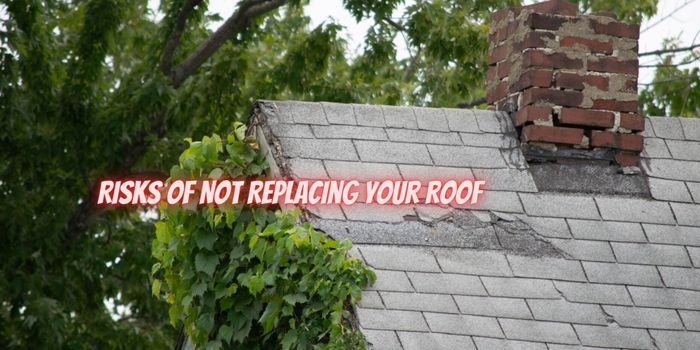

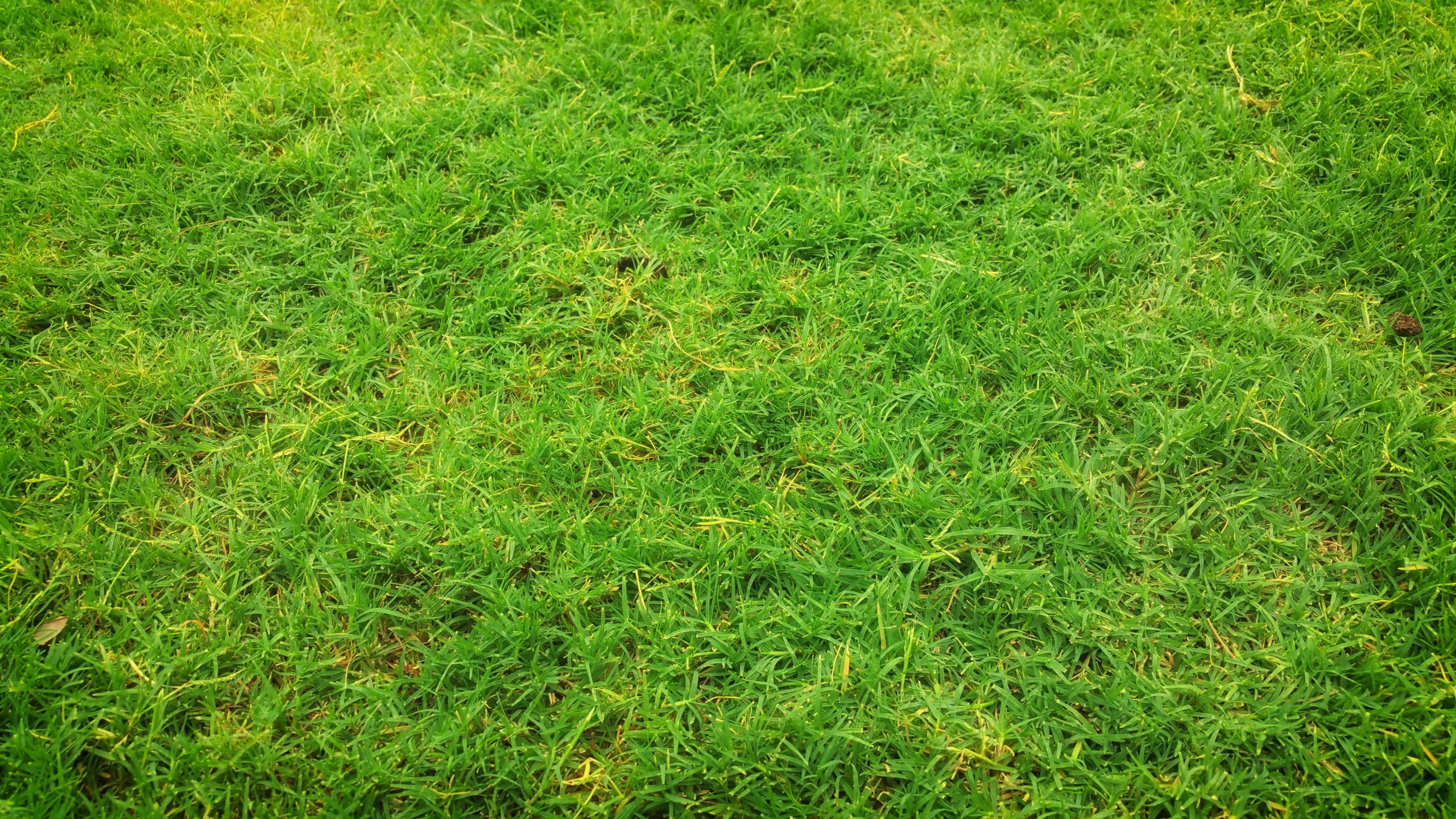

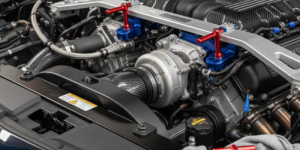
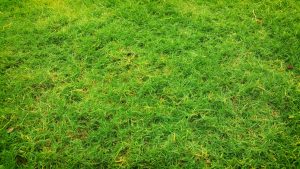





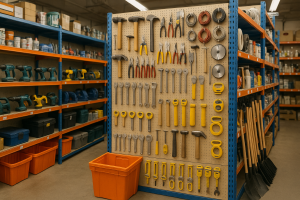

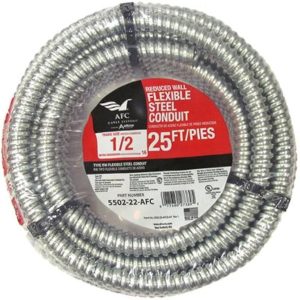
Post Comment
You must be logged in to post a comment.